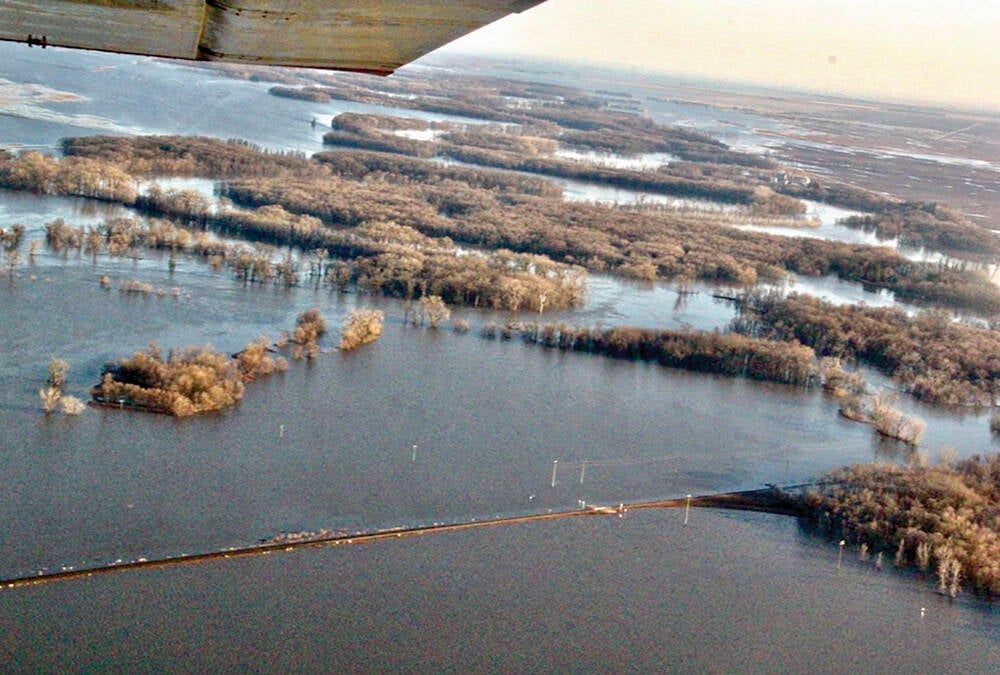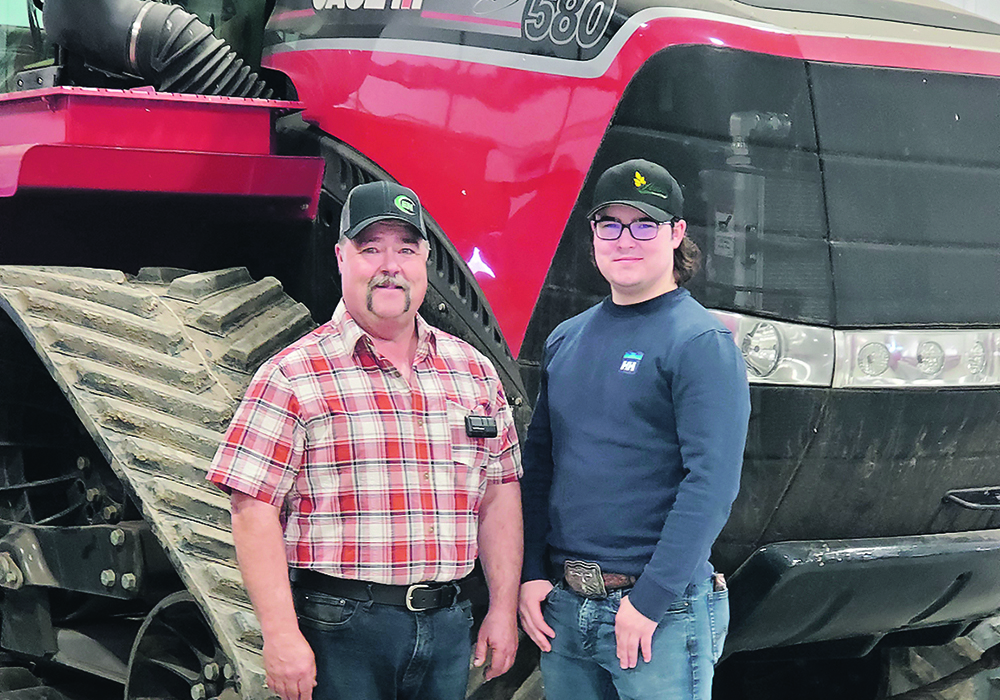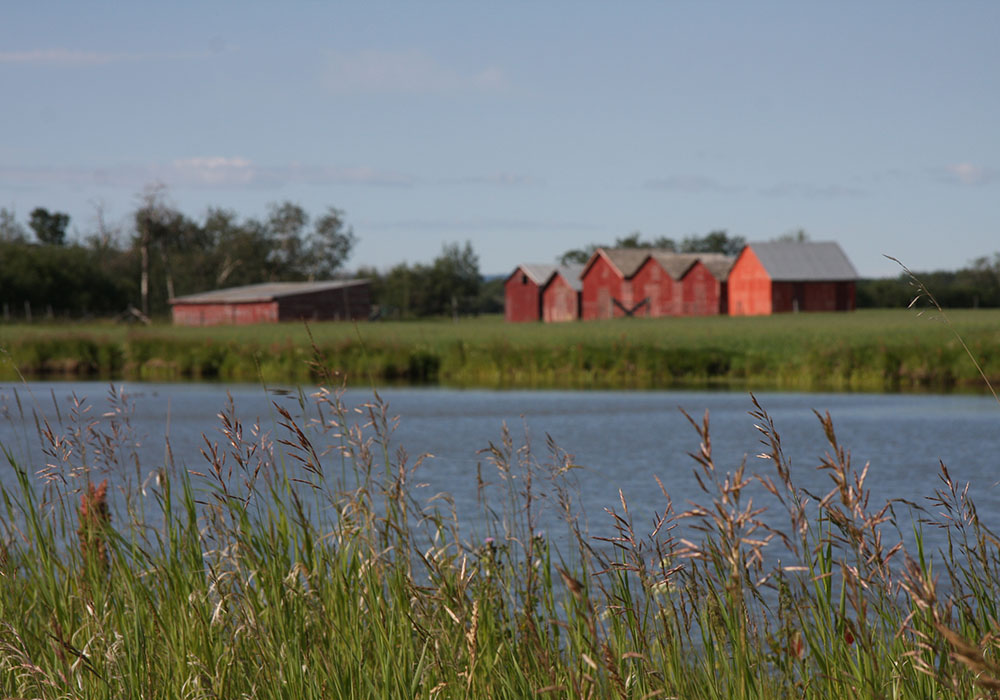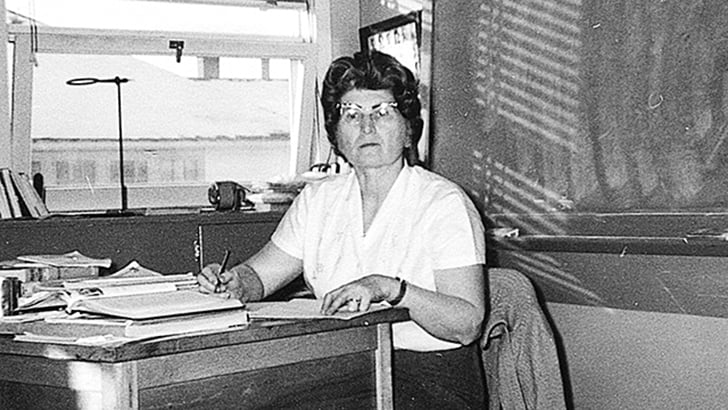Quill Lakes watershed Family home, pastures and corrals threatened by lake’s rising western shore last spring
JANSEN, Sask. — “Water, water everywhere, but not a drop to drink.”
When English poet Samuel Taylor Coleridge wrote The Rime of the Ancient Mariner more than 200 years ago, he probably hadn’t the faintest idea that his words would apply to dryland farmers on the Canadian Prairies.
But water can be an unpredictable commodity.
And for farmers like Garnet, Garth and Cynthia Zerbin, it can be both a blessing and a curse.
In the 87 years that the Zerbin family has been farming, the water levels in Big Quill Lake have never been higher.
Read Also

Rural Manitoba resources slim on natural disaster planning
A study from Brandon University’s Rural Development Institute has found that many rural and small municipalities don’t have the staff or resources to make formal climate plans against natural disaster.
Garnet, who farms with his parents, Garth and Cynthia, is the family’s fourth generation to farm near the lake.
In 1925, his great-grandfather settled in the area.
Since then, the Zerbin family has made a comfortable living growing crops and raising cattle.
But during the last few years, rising waters in Big Quill have presented some unique challenges.
The Quill Lakes, including Big Quill to the west and Little Quill further east, are the largest water bodies in the Quill Lakes watershed.
The watershed is a closed system that collects runoff in an area covering hundreds of square kilometres in east-central Saskatchewan.
In the spring, melt water flows in, but it doesn’t flow out, at least not yet.
And since 2010, water has been flowing in at a rate more rapid than any residents can recall.
Earlier this spring, the Zerbins hired a track hoe operator to construct an 800-metre berm to protect the farmyard from rising waters.
At one point, the lake’s western shore was literally a stone’s throw from the front step of Garnet’s house.
Pastures were flooded, trees were drowned out and the family’s corrals were a wet, soupy mess.
Things have partially dried out over the past three or four months, but the family is keeping a close eye on the lake and is quietly hoping for another winter with below average snowfall.
“It was right into the corrals,” said Cynthia, pointing to where the water had advanced.
“The last few cows we calved, we actually had to walk them through the yard to get them to the other side. There was just too much water.”
“With all the water that came in, we probably lost about 1,000 acres of pastureland,” added Garnet.
“Even if the water recedes, the grass is dead underneath and I don’t know how long it would take for that grass to come back in.”
Ironically, despite all the water in the area, the Zerbins are still pumping water for their 170-head beef herd.
A recent analysis of lake water showed high sulfate levels at more than 9,000 parts per million.
The water quality report shows an acceptable range for commercial cattle production at around 300 ppm.
“The cows will probably do fine on it,” Garnet said.
“They will still drink it, but the weight gain (for calves) won’t be there … and the cows will probably have breeding problems if they continue to drink it.
“I can’t say that I have any animals get sick over it yet, but they will walk to the yard here to get better water.”
In 1995, water levels in Big Quill were measured at 514.4 metres above sea level and the lake covered a total of roughly 58,600 acres.
By 2012, those levels had risen to 519.68 metres and the flooded area had expanded to about 108,000 acres, the equivalent of 675 full quarter sections.
Garnet said residents on all sides of the lake have a different story to tell about the rising waters.
Some producers who bought productive land a few years ago are now making payments on land that sits under water.
Elsewhere, community pastures that covered hundreds of acres have been closed and are unlikely to reopen for a while.
Some cattle producers in the area are looking for new grazing land.
Others are selling their herds while grain farmers elsewhere in the watershed continue to dig drainage ditches.
To Garnet’s way of thinking, there is no simple solution to the water woes that are plaguing producers in the area.
The Zerbins’ land base, which includes 32 quarter sections of owned or leased land, is spread over a large area so the family is not in danger of losing its entire livelihood.
But if Big Quill Lake continues to expand, the Zerbins might be forced to relocate their farmyard.
“People were telling us that we should get ready for that, but I told them I wasn’t prepared yet,” said Garnet.
“It’ll have to come a lot higher yet to make us move. If it does come to that and we had to, what are you going to do?”















